TikTok World 2025: Why Sellers Can’t Afford to Ignore What’s Coming Next
TikTok World 2025: Why Sellers Can’t Afford to Ignore What’s Coming Next
Omnichannel strategy is undoubtedly helpful in staying ahead of the competitors. Gone are the days when with a single website (or one sales channel) a seller was in a position to gather ample visibility for the online store and eventually enhance business profitability.
Nowadays,9 in 10 shoppers prefer to navigate at least two or more channels. And many shoppers love to explore even more channels before finalizing the purchase. Hence the approach above is dated and can better be replaced with an omnichannel strategy.
Omnichannel retail refers to leveraging every touchpoint between the brand and the customer by delivering a consistent brand experience across all channels. As a result, it deepens the customer relationship with the brand.
It is a holistic approach that considers the shift in customer shopping behavior and prepares merchants to cater to it without compromising the shopping experience.
Therefore, the essence of omnichannel strategy lies in enabling unforgettable shopping experiences.
The omnichannel strategy also unites the best of both online channels and physical stores. It allows businesses to benefit from the combined strength. Hence, a competitive edge in impressing customers.
The majority of shoppers are interested in going through multiple channels. Despite all the hype of Amazon prime, 76% of shoppers are likely to visit other channels before purchasing from Amazon. These channels can belong to Amazon or its competitors. But, an excellent omnichannel strategy will ensure customers may visit different places, but these all belong to a single brand.
An obvious question arises: why do shoppers switch between numerous channels?
Customers, initially with product comparison intention, explore different sites. But also experience similar brand voice, personalized messaging, and engaging content considering their current journey stage.
It strengthens their belief that they are in the right place. Therefore, customers are more likely to engage with brands capable of having multiple interactions covering all stages of shopping.
First-time shoppers are a bit skeptical and tend to do loads of research visiting various channels. They are pleased with finding a consistent brand experience on multiple channels. As a result, they have no qualms about giving it a shot.
Therefore, if you are a newbie, embrace the omnichannel strategy to speed up trust-building with your customers.
The aforementioned facts have highlighted the significant advantage of adopting a multichannel strategy.
Hence, there is no denying that an omnichannel strategy is one of the best approaches to convincing a higher number of shoppers, irrespective of business size and other parameters.
The omnichannel strategy ensures customers interact with the brand on every channel(online or offline). Enabling more avenues is directly proportional to the following.
Customers no longer tend to stick to a single channel for shopping. They keep hopping between several sites or even switching from online to offline. The omnichannel approach ensures sellers have the opportunity to meet them on any or many platforms.
The best part of meeting customers where they are is that customers feel valued. Such customers with consistent brand experience have a high potential to be loyal to the brand. And we know loyal customers are the best brand advocates.
Moreover, customers also get the choice to make purchases more conveniently.
An amazingly high level of personalization is possible with an omnichannel strategy. Customers will respond positively by taking the desired action. More importantly, it builds trust about their needs being truly understood.
As a result, it increases repeat purchases and allows sellers to leverage customer lifetime value.
The omnichannel ecosystem establishes well-defined connections between all essential business aspects like sales, customer service, inventory, and more. Therefore, all these work together to fetch the best results in an enhanced shopping experience.
Moreover, this data can also be used to benefits in following ways
The Omnichannel ecosystem is built to engage customers more times than any other approach. Hence, It fetches loads of valuable customer insights. It lets merchants understand the buyer’s journey and behavior through multiple perspectives.
Therefore, sellers are in a position to make data-informed decisions. As a result, the target audience is never off the radar.
We can rightly conclude omnichannel retail is no longer an option but an opportunity for merchants who desire to capture maximum business leads and deliver impeccable customer experience to all shoppers across every touch point from first to the last.
Consistency is the key focus element to developing a successful Omni channel campaign. The omnichannel retail approach demands your brand to deliver a consistent message across all platforms. Moreover, ensures customers feel the same ease and familiarity during interaction with business at every touchpoint.
The apt CTA for social media ads is a mobile website, and that for email is a link to schedule a meeting.
Customers now interact with brands at multiple stages of the shopping journey. Moreover, sellers must also know that a renowned marketplace (even on days with huge discounts) is no exception to an omnichannel strategy.
The omnichannel strategy ensures only relevant content is shared across all channels. Adhering to the abovementioned tactics will establish a robust omnichannel ecosystem for your brand. Thereby uprooting any scenario of putting off customers with old-school marketing tactics.
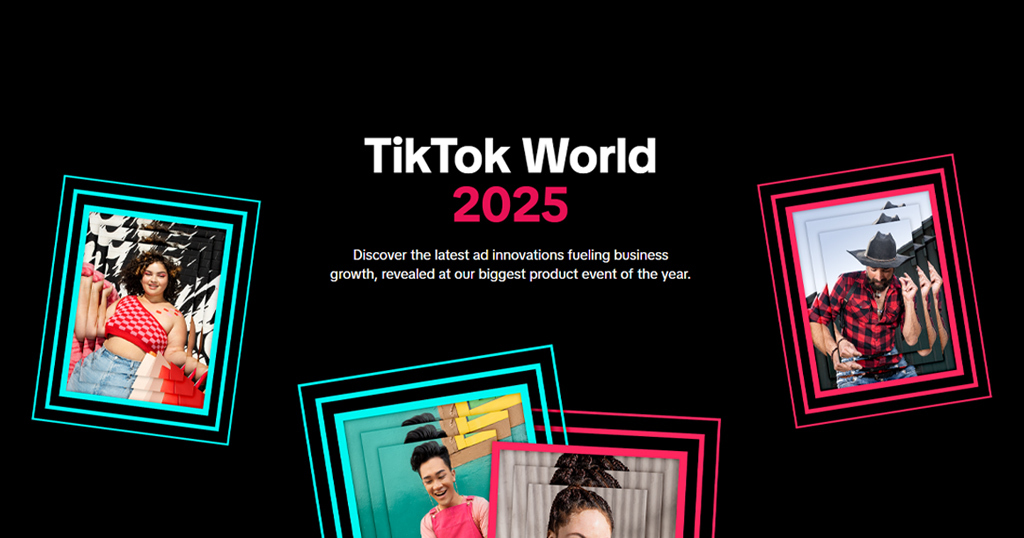
TikTok World 2025: Why Sellers Can’t Afford to Ignore What’s Coming Next

Walmart Embraces Amazon MCF: A New Era of Cross-Platform Fulfillment for eCommerce
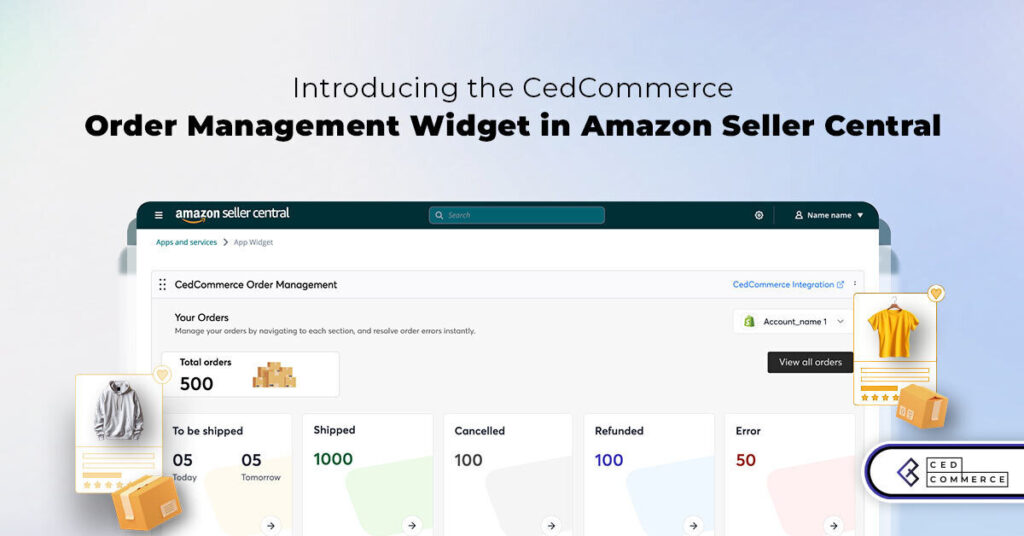
Order Management Redefined: A Centralized Solution for Amazon Sellers

Maximizing TikTok Shop’s Regional Compatibility for US, UK, and EU Markets
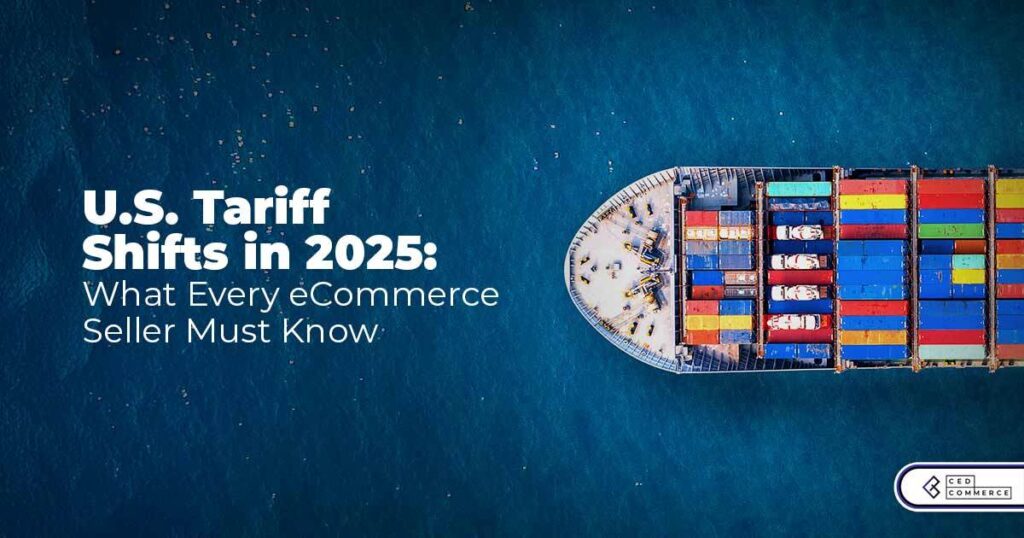
Understanding U.S. Tariffs in 2025: What Sellers Need to Know and Do
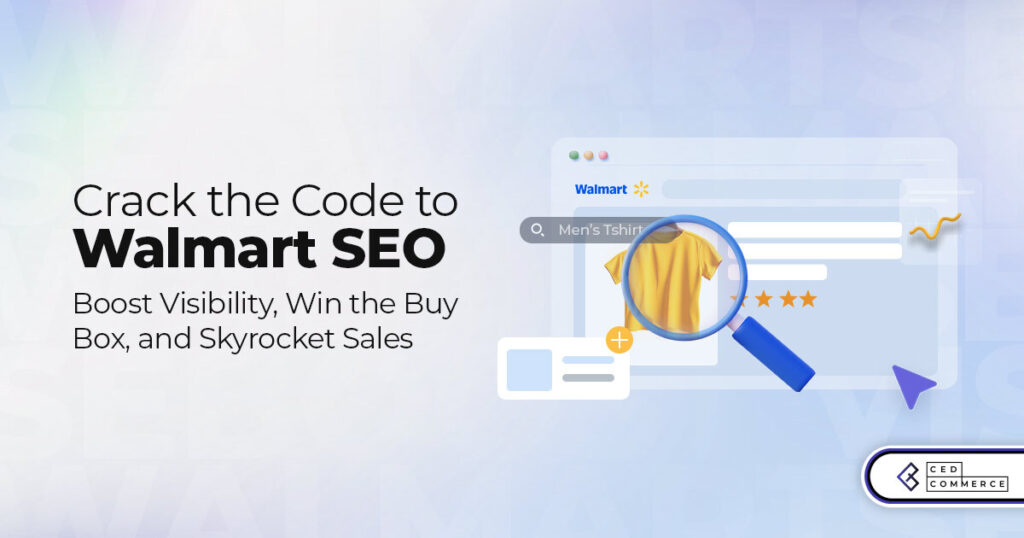
Walmart’s Search Algorithm Decoded: How to Rank Higher & Sell More

TikTok Gets a 75-Day Reprieve in the USA as Trump Signals Hope for a Deal

TikTok Shop Introduces Category-Based Benchmarks for Product Listings – What Sellers Need to Know

Amazon FBA vs. FBM: Which Fulfillment Method Is Right for You?

Amazon Launches Another AI Tool for Sellers: AI Generated Product Enrichment
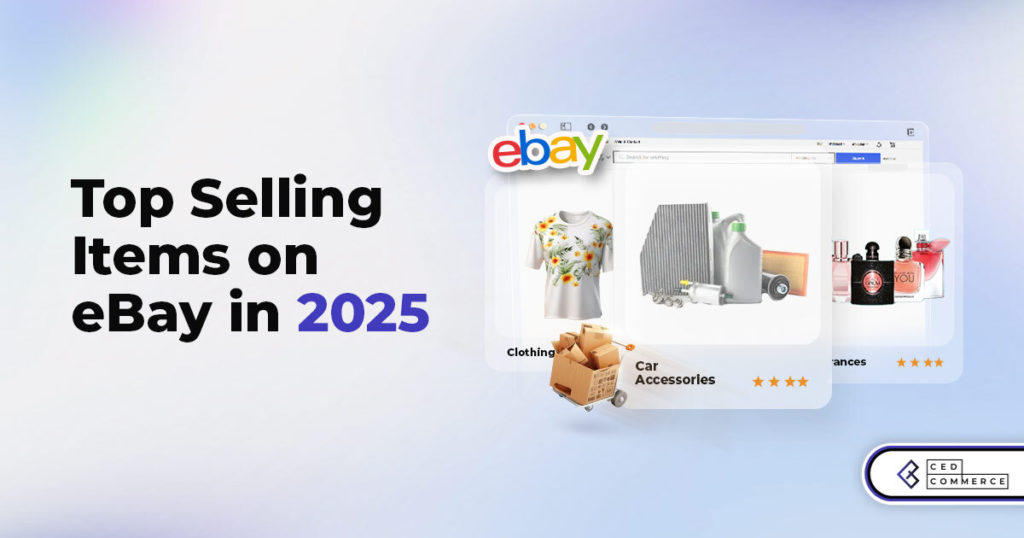
Top 10 Selling Items on eBay in 2025

Amazon launches AI Powered ‘Interests’ Feature to Improve Shopping Experience

Is TikTok Staying in the US? The State of TikTok Ban
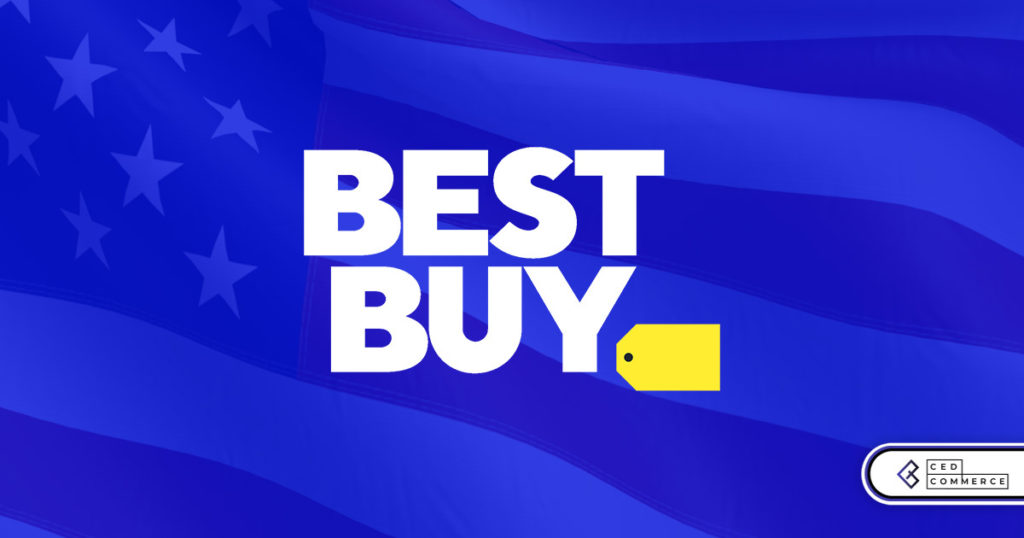
Best Buy coming back to the US, Marketplace Relaunch and New Opportunities in Store!

Miravia PrestaShop Connector: Built for Smart Sellers
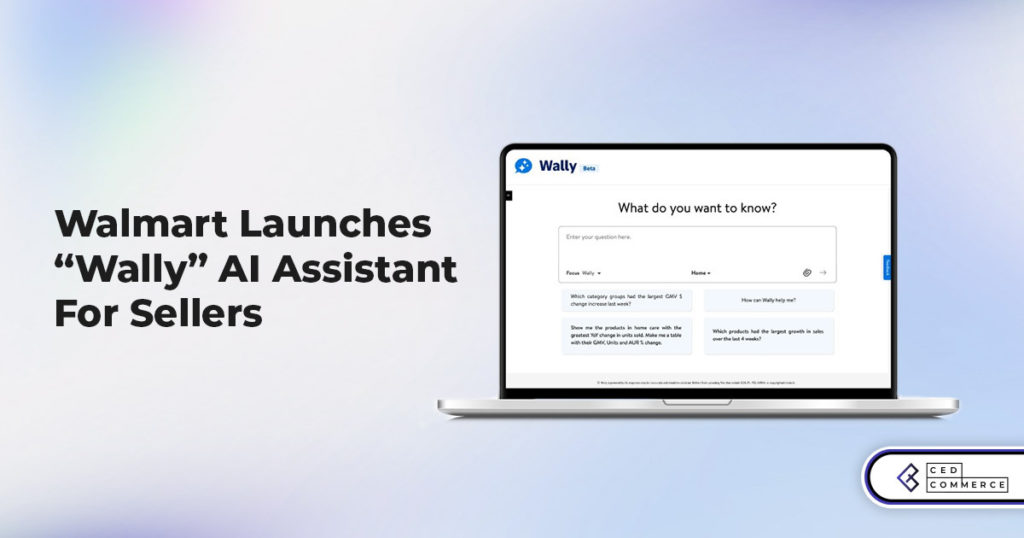
Walmart Launches “Wally”, AI Assistant For Merchants

TikTok Shop to Start Business in Germany, France, and Italy

TikTok Shop Surges as Americans Spend $700 Annually, Defying Regulatory Pressures
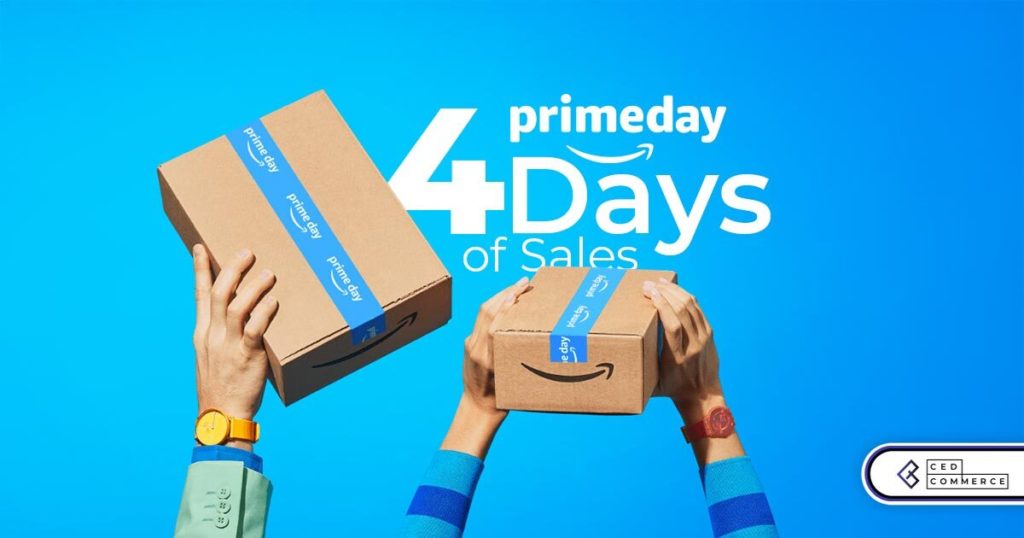
Amazon’s Longest Prime Day Ever: What You Need to Know

eCommerce Growth in the Netherlands: A 5% Surge in 2024 with Bright Prospects Ahead